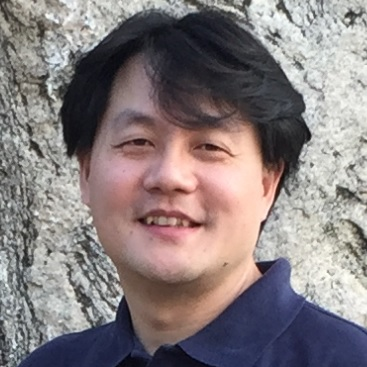Advances in Tunable Photonics and Photonic Sensors
A special issue of Micromachines (ISSN 2072-666X). This special issue belongs to the section "A:Physics".
Deadline for manuscript submissions: closed (20 January 2023) | Viewed by 9876
Special Issue Editors
2. Department of Electrical and Computer Engineering, National University of Singapore, Singapore 117583, Singapore
3. Center for Intelligent Sensors and MEMS (CISM), National University of Singapore, Singapore 117608, Singapore
Interests: photonics; MEMS/NEMS; sensors; 2D materials
Special Issues, Collections and Topics in MDPI journals
Interests: sensor; nanophotonics; MEMS; energy harvesting; AIoT
Special Issues, Collections and Topics in MDPI journals
Special Issue Information
Dear Colleagues,
Photonics, which uses light to perform functions that traditionally fell within the electrical domain, is regarded as a promising complementary technology to electronics and has developed rapidly over the past half century. Light–matter interaction is pervasive throughout numerous photonic phenomena. Through manipulating light–matter interactions, various useful photonic functions can be realized, especially tunable photonics and photonic sensors. Tunable photonic devices and systems not only add upgradability to standard photonic applications like communication and imaging but also enable many emerging applications such as programmable photonic integrated circuits, quantum information processing, neuromorphic computing, etc. Compared with conventional electrical sensors, photonic sensors possess advantages including high sensitivity, label-free and real-time detection, and immunity to electromagnetic interference. In particular, spectroscopic photonic sensors provide inherent selectivity and strong multiplexed detection capabilities.
The research interest in tunable photonics and photonic sensors is flourishing and the community is booming. Novel designs, mechanisms, functionalities, and applications are continuously being presented. In light of this, this Special Issue seeks to showcase research articles, communications, and reviews over a wide range of relevant topics including, but not limited to:
- Tunable photonics based on integration with reconfigurable structures, e.g., MEMS/NEMS;
- Tunable photonics through the utilization of tunable materials, e.g., 2D materials, phase change materials, flexible materials;
- New designs and new physics of tunable photonics;
- Tunable photonics for novel applications in communication, signal processing, computing, imaging, display, sensing, etc.;
- Photonic chemical, biological, and physical sensors with novel designs, mechanisms, and applications;
- Spectrometers and spectroscopic sensors;
- Integrated photonic sensing systems for lab-on-a-chip;
- Integration of photonics with micro/nanofluidics;
- Advanced passive and active photonics, plasmonics, optoelectronics, optomechanics, and optofluidics.
Dr. Yiming Ma
Prof. Dr. Chengkuo Lee
Guest Editors
Manuscript Submission Information
Manuscripts should be submitted online at www.mdpi.com by registering and logging in to this website. Once you are registered, click here to go to the submission form. Manuscripts can be submitted until the deadline. All submissions that pass pre-check are peer-reviewed. Accepted papers will be published continuously in the journal (as soon as accepted) and will be listed together on the special issue website. Research articles, review articles as well as short communications are invited. For planned papers, a title and short abstract (about 100 words) can be sent to the Editorial Office for announcement on this website.
Submitted manuscripts should not have been published previously, nor be under consideration for publication elsewhere (except conference proceedings papers). All manuscripts are thoroughly refereed through a single-blind peer-review process. A guide for authors and other relevant information for submission of manuscripts is available on the Instructions for Authors page. Micromachines is an international peer-reviewed open access monthly journal published by MDPI.
Please visit the Instructions for Authors page before submitting a manuscript. The Article Processing Charge (APC) for publication in this open access journal is 2600 CHF (Swiss Francs). Submitted papers should be well formatted and use good English. Authors may use MDPI's English editing service prior to publication or during author revisions.
Keywords
- photonics
- light–matter interaction
- integrated photonics
- tunable photonics
- photonic sensors
- spectroscopy
- plasmonics
- optoelectronics
- optomechanics
- optofluidics







